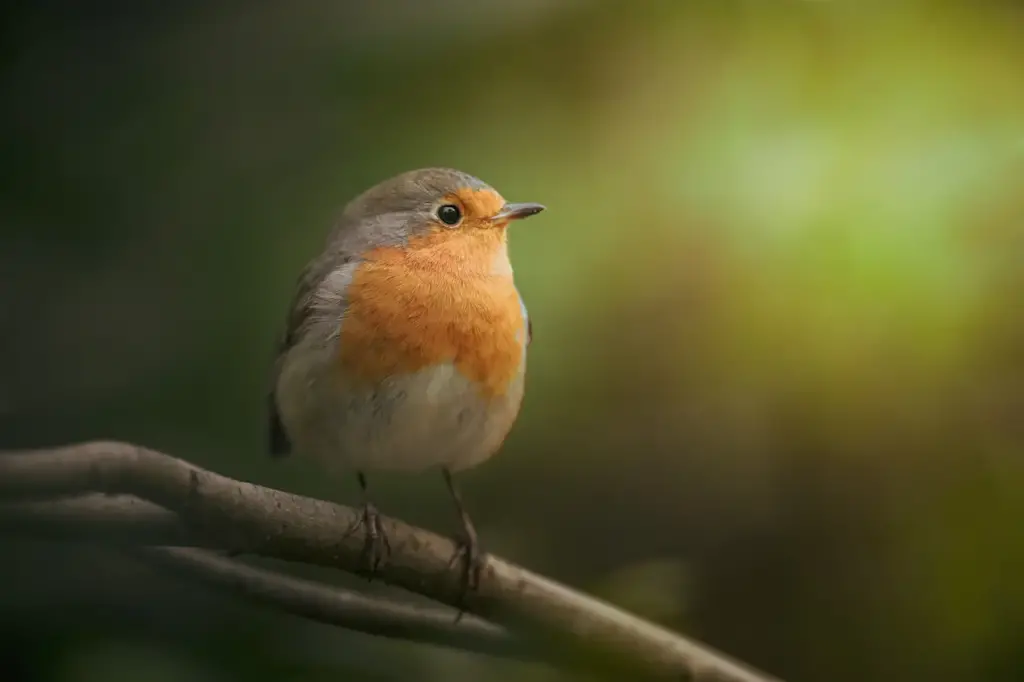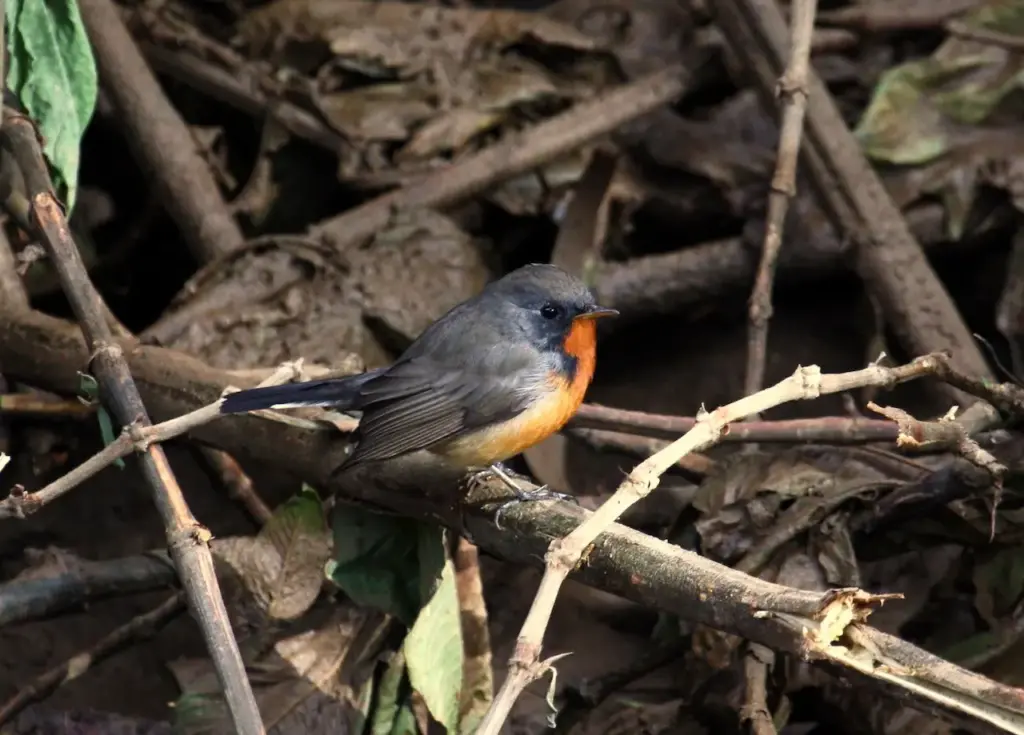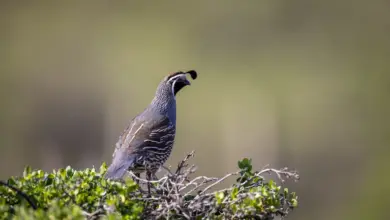Kashmir Flycatchers
Kashmir Flycatchers
The Kashmir Flycatchers, Ficedula subrubra, is a small passerine bird in the flycatcher family Muscicapidae. At one time it was considered to be a subspecies of the Red-breasted Flycatcher, Ficedula parva.

This is an insectivorous species which breeds in the north-west Himalayas in the Kashmir area of Pakistan and India. It is migratory and winters in the hills of central Sri Lankaand the Western Ghats of India.
The Kashmir Flycatcher breeds in deciduous forest with dense undergrowth, nesting in a hole in a tree and laying 3-5 eggs which are incubated by the female. It winters in gardens, tea estates, forest edge and open areas within forest, generally above 750 m.
Most individuals leave the breeding grounds in September, arriving in Sri Lanka in October and departing again in late March. One of the best places to see this rare species is Victoria Park in Nuwara Eliya.
This species is 13cm long. It is similar in shape to the slightly smaller Red-breasted Flycatcher. The male has a grey-brown back with an orange-red throat, breast and flanks, bordered with black on the throat and breast. Females and first-winter birds have slightly browner upperparts, and the red of the underparts may be reduced to just a pinkish wash .
The male of the similar Red-throated Flycatcher, Ficedula albicilla, has the reddish-orange area limited to the throat and the top of the breast, and lacks the black border.
The song is a short melodic sweet-eet sweet-eet-did-he, and the call is a sharp chak.

This is a vulnerable species with a decreasing population and breeding range, which is also severely fragmented as a result of the destruction of temperate mixed deciduous forests by commercial timber extraction, agriculture and livestock grazing. The population is thought to be between 2,500 and 10,000 birds.
Copyright: Wikipedia. This article is licensed under the GNU Free Documentation License. It uses material from Wikipedia.org… Additional information and photos added by Avianweb.
Please Note: The articles or images on this page are the sole property of the authors or photographers. Please contact them directly with respect to any copyright or licensing questions. Thank you.




